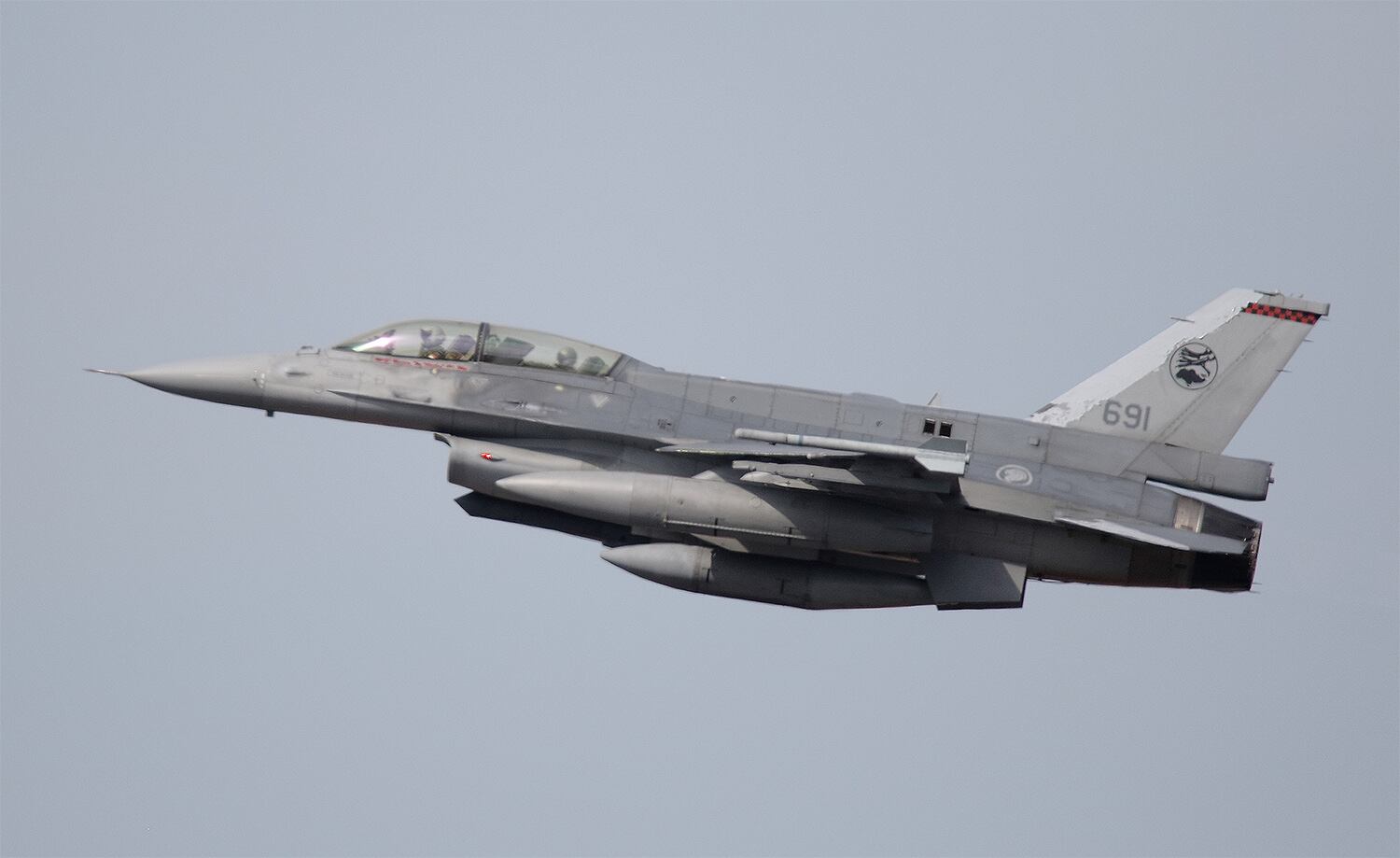Without a doubt, the COVID-19 pandemic was the defining event of 2020. While government agencies had envisaged biological threats and produced plans to deal with them, the actual occurrence of a global outbreak revealed systemic inadequacies. We must learn from the gaps exposed to prepare for the much feared “Disease X,” a more infective and virulent strain that experts warn could strike in the future.
For Singapore, with fairly comprehensive data from mass testing of antigen and antibodies against COVID-19, mortality was relatively low — 29 deaths from more than 150,000 persons infected. Even so, globally 1.6 million people have already died from this disease. A silver lining in that tragic year is that vaccines against COVID-19 were produced in record time. That rapid vaccine technology, now proven, will prove crucial for future pandemics.
What other global events might test this generation, particularly in the defense and security arena, which would extract a similarly costly toll if we are unprepared? Two come to mind: the U.S.-China strategic competition and climate change.
For the U.S.-China conundrum, militaries and defense establishments around the world keep a close watch, because we are or can be on the front lines, especially if tensions rise and relations go awry between these two global powers.
The risks are not theoretical. As former U.S. Secretary of State Henry Kissinger recently pointed out: “The U.S. and China have never faced countries of a magnitude that is roughly equal with the other.” U.S. defense spending at $732 billion is already more than the next 10 countries after it, and the U.S. intends to shift the focus of its military presence to Asia. Former U.S. Defense Secretary Mark Esper articulated a plan to grow the U.S. Navy to 500 ships, up from the current 296, with the Indo-Pacific region as its priority theater.
Over the last decades, China’s defense spending has increased sixfold, now at an estimated $261 billion. But these two countries are not alone: The combined military budgets of the other 16 countries of the ASEAN Defence Ministers Meeting-Plus — the de facto security grouping in this region — has also risen 90 percent to $298 billion in the same period, now larger than the European Union countries combined.
Against this backdrop, notions or assurances that this region should not be militarized seem passe — the horse or, more accurately, the herd has already bolted.
RELATED

There is another area of concern for the Indo-Pacific theater. Unlike Europe, where numerous institutions and accords have been in place for many years after the devastation of wars, the equivalent in Asia is fewer and nascent — the ADMM-Plus recently held its 10th anniversary.
The “Thucydides Trap,” as posed by scholar Graham Allison in his best seller, weighs heavily on our minds. But history also shows that when leaders act with resolve and enlightenment, new and better paths can be forged. A new Biden administration presents that opportunity to reset the stage away from conflict and toward mutual cooperation. The core disagreements will remain, but what is needed are fresh perspectives and adroit statesmanship to bring the U.S.-China engagement forward in this multistep journey.
Military establishments are less exercised over climate change because we are often not first responders. That itself suggests a structural gap. The ad hoc responses of any one country will be insufficient to deal with the scale and devastation of the extreme events due to climate change. Just as we do for nontraditional security threats on maritime security, counterterrorism, and humanitarian assistance and disaster relief, militaries must begin to build up multilateral capabilities to address the adverse effects of climate change — extreme weather, water wars, disruption of supply chains and essential goods, diseases, and forced migration.
For ASEAN, we have made modest steps with the setup of the ASEAN Coordinating Centre for Humanitarian Assistance on Disaster Management, or AHA Centre. To assist these efforts, the Singapore Armed Forces stood up the Changi Regional Humanitarian Assistance and Disaster Relief Coordination Centre in 2014 to monitor and better coordinate multilateral military responses with the AHA Centre and the U.N. Office for the Coordination of Humanitarian Affairs for the mission of humanitarian assistance and disaster relief.
In the 20th century, a generation survived two world wars, established norms and created institutions to bring peace and progress for the ensuing 70 years. We, who are fortunate to enjoy the fruits of their labor and sacrifice, must now deal with the great threats of the 21st century. It’s up to us to maintain the peace for this generation.
Ng Eng Hen is Singapore’s defense minister.







